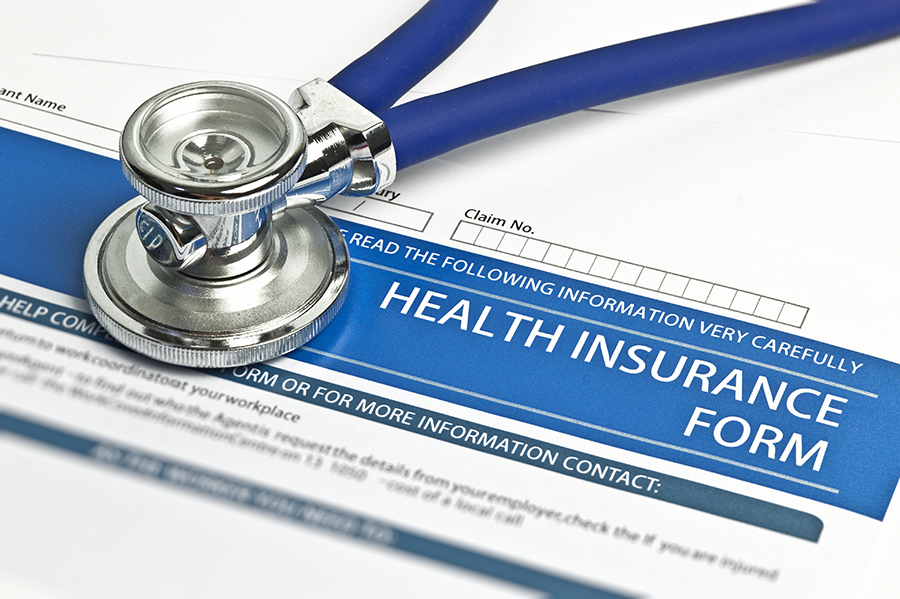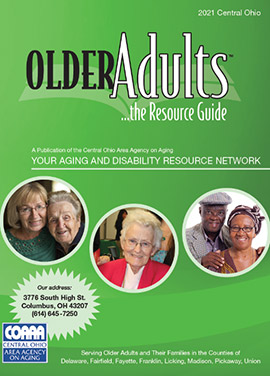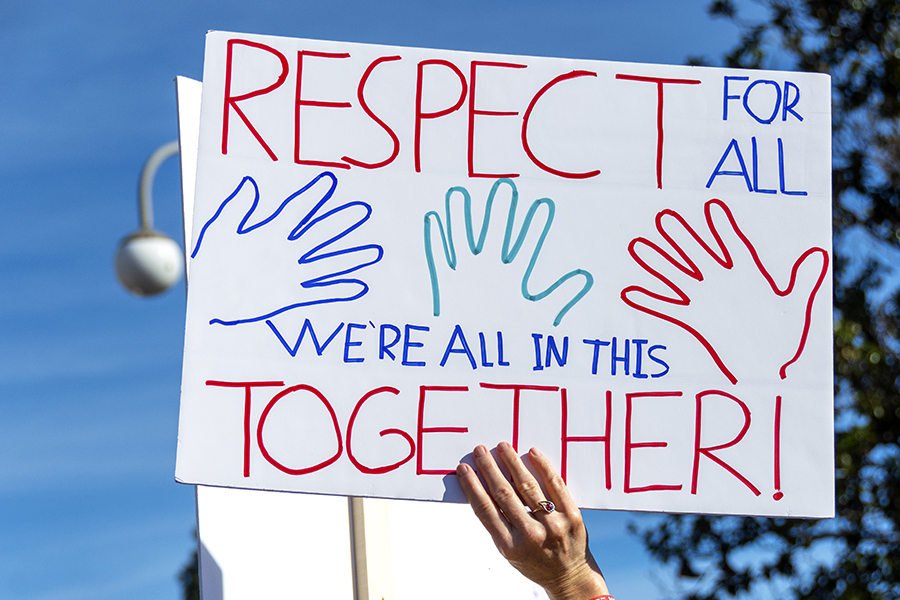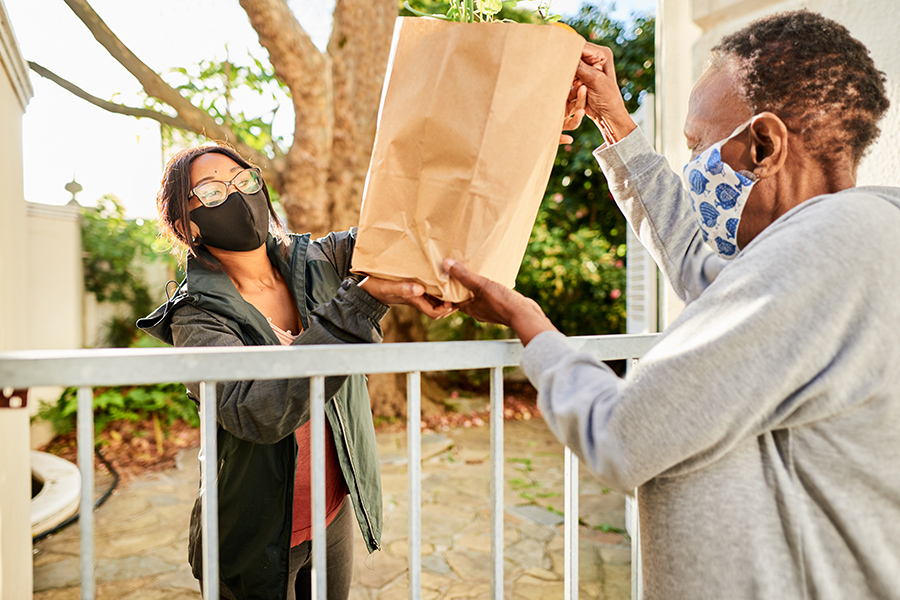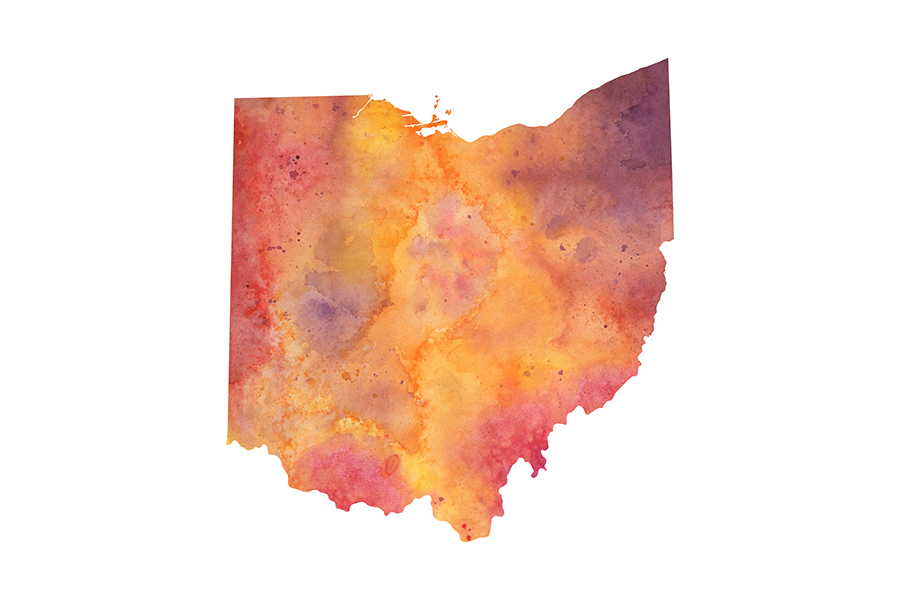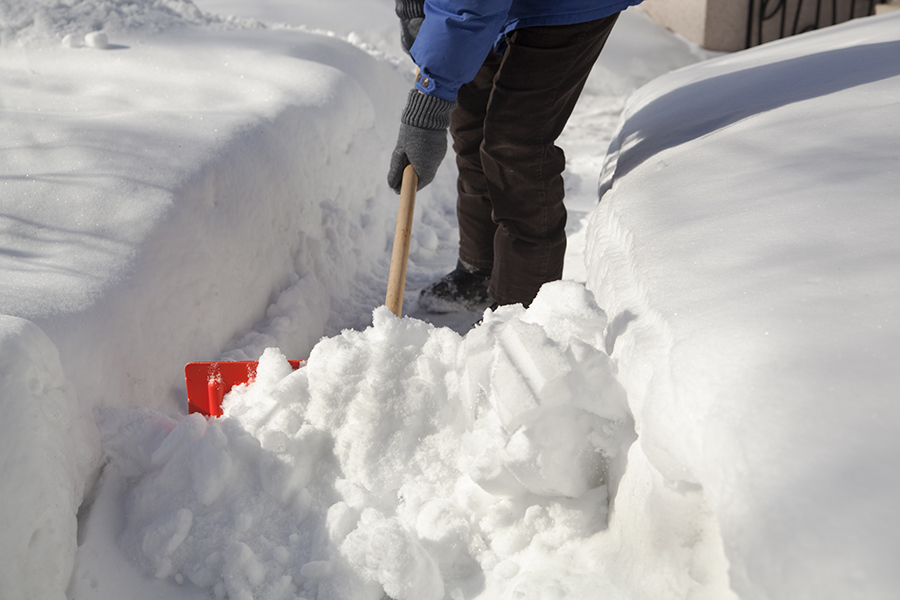The Biden administration and state officials are bracing for a great unwinding: millions of people losing their Medicaid benefits when the pandemic health emergency ends. Some might sign up for different insurance. Many others are bound to get lost in the transition.
Before the public health crisis, states regularly reviewed whether people still qualified for the safety-net program, based on their income or perhaps their age or disability status. While those routines have been suspended for the past two years, enrollment climbed to record highs. As of July, 76.7 million people, or nearly 1 in 4 Americans, were enrolled, according to the Centers for Medicare & Medicaid Services.State Medicaid agencies for months have been preparing for the end of a federal mandate that anyone enrolled in Medicaid cannot lose coverage during the pandemic.
When the public health emergency ends, state Medicaid officials face a huge job of reevaluating each person’s eligibility and connecting with people whose jobs, income, and housing might have been upended in the pandemic. People could lose their coverage if they earn too much or don’t provide the information their state needs to verify their income or residency.
Medicaid provides coverage to a vast population, including seniors, the disabled, pregnant women, children, and adults who are not disabled. However, income limits vary by state and eligibility group. For example, in 2021 a single adult without children in Virginia, a state that expanded Medicaid under the Affordable Care Act, had to earn less than $1,482 a month to qualify. In Texas, which has not expanded its program, adults without children don’t qualify for Medicaid.
State Medicaid agencies often send renewal documents by mail, and in the best of times letters go unreturned or end up at the wrong address. As this tsunami of work approaches, many state and local offices are short-staffed.
In Colorado, officials expect they’ll need to review the eligibility of more than 500,000 people, with 30% of them at risk of losing benefits because they haven’t responded to requests for information and 40% not qualifying based on income.
In Medicaid, “typically, there’s always been some amount of folks who lose coverage for administrative reasons for some period of time,” said Daniel Tsai, director of the CMS Center for Medicaid and CHIP Services. “We want to do everything possible to minimize that.”
In January the eligibility of roughly 120,000 people in Utah, including 60,000 children, was in question, according to Jeff Nelson, who oversees eligibility at the Utah Department of Health. He said that 80% to 90% of those people were at risk because of incomplete renewals. “More often than not, it’s those that just simply have not returned information to us,” he said. “Whether they didn’t receive a renewal or they’ve moved, we don’t know what those reasons are.”
Arizona Medicaid director Jami Snyder said 500,000 people are at risk of losing Medicaid for the same reasons. She said that processing all the eligibility redeterminations takes at least nine months and that the end of the federal funding bump will add pressure to move faster. However, she said, “we’re not going to compromise people’s access to care for that reason.”
Still, officials and groups who work with people living in poverty worry that many low-income adults and children — typically at higher risk for health problems — will fall through the cracks and become uninsured.
Most might qualify for insurance through government programs, the ACA insurance marketplaces, or their employers — but the transition into other coverage isn’t automatic.
“Even short-term disruptions can really upend a family,” said Jessie Mandle, deputy director of Voices for Utah Children, an advocacy group.
‘More Marginalized People’
Low-income people could still be in crisis when the public health emergency ends, said Stephanie Burdick, a Medicaid enrollee in Utah who advocates on behalf of patients with traumatic brain injuries.
In general, being uninsured can limit access to medical care. Covid vaccination rates among Medicaid enrollees are lower than those of the general population in multiple states. That puts them at higher risk for severe disease if they get infected and for exorbitant medical bills if they lose their insurance.
“They’re more marginalized people,” Burdick said. She said she worries “that they’re going to fall off and that they’re going to be more excluded from the health care system in general and just be less likely to get care.”
Burdick knows this firsthand as someone who experienced traumatic brain injury. Before covid-19, she would periodically lose her Medicaid benefits because of byzantine rules requiring her to requalify every month. The gaps in coverage kept her from seeing certain specialists and obtaining necessary medicines. “I really do remember being at the pharmacy not being able to afford my medication and just sobbing because I didn’t know what to do about it,” she said. “It was horrible.”
The covid Medicaid continuous coverage requirement was enacted under the Families First Coronavirus Response Act, which gave states an increase of 6.2 percentage points in federal funds if they agreed to maintain eligibility levels in place at the time.
The boost meant tens of billions of additional dollars would flow to states, estimates from KFF show. The U.S. Department of Health and Human Services can extend the public health emergency in 90-day increments; it is currently set to end April 16.
Groups that advocate for the needs of low-income Americans say the renewal tidal wave will require outreach rivaling that of almost a decade ago, when the ACA expanded Medicaid and created new private insurance options for millions of people.
Independent research published in September by the Urban Institute, a left-leaning think tank based in Washington, D.C., estimated that 15 million people younger than 65 could lose their Medicaid benefits once the public health emergency ends. Nearly all of them would be eligible for other insurance options, including heavily subsidized plans on the ACA marketplaces.
Tsai said the 15 million estimate provides a “helpful grounding point to motivate everybody” but declined to say whether the Biden administration has its own estimates of how many people could lose benefits. “I don’t think anyone knows exactly what will happen,” he said.
Tsai and state officials said they have worked hand in hand for months to prevent unnecessary coverage loss. They’ve tried to ensure enrollees’ contact information is up to date, monitored rates of unreturned mail, worked with insurers covering Medicaid enrollees, and conducted “shadow checks” to get a sense of who doesn’t qualify, even if they can’t disenroll people.
Some enrollees could be renewed automatically if states verify they qualify by using data from other sources, such as the Internal Revenue Service and the Supplemental Nutrition Assistance Program.
For others, though, the first step entails finding those at risk of losing their coverage so they can enroll in other health benefits.
“It’s a big question mark how many of those would actually be enrolled,” said Matthew Buettgens, a senior fellow in Urban’s Health Policy Center and author of the September report. One factor is cost; ACA or job-based insurance could bring higher out-of-pocket expenses for the former Medicaid enrollees.
“I am particularly worried about non-English speakers,” said Sara Cariano, a policy specialist with the Virginia Poverty Law Center. “Those vulnerable populations I think are at even higher risk of falling out improperly.” The law center is planning enrollment events once the unwinding begins, said Deepak Madala, its director of the Center for Healthy Communities and Enroll Virginia.
Missouri, already sluggish in enrolling eligible people into the state’s newly expanded Medicaid program, had 72,697 pending Medicaid applications as of Jan. 28. Enrollment groups worry the state won’t be able to efficiently handle renewals for nearly all its enrollees when the time comes.
By December, the Medicaid rolls in the state had swelled to almost 1.2 million people, the highest level since at least 2004. The state — one of several with histories of removing from the program people who were still eligible — did not say how many people could lose their benefits.
“I want to make sure that everybody that is entitled to and is eligible for MO HealthNet is getting the coverage that they need — all the way from babies to older individuals to individuals on disability,” said Iva Eggert-Shepherd of the Missouri Primary Care Association, which represents community health centers.
‘No End in Sight’
Some people argue the current protections have been in place long enough.
“There’s no end in sight. For two years, it’s still a quote-unquote ‘emergency,’” said Stewart Whitson, a senior fellow with the Foundation for Government Accountability. The conservative think tank has argued that states can legally begin trimming people from Medicaid rolls without jeopardizing their funding.
“This is the kind of problem that just grows worse every day,” he said of not removing ineligible people. “At the beginning of the pandemic, people were in a different position than they are now. And so responsible legislators and government officials in each state have to look at the facts as they are now.”
Tsai said “it’s quite clear to us” that for states to be eligible for the covid relief bill’s enhanced Medicaid funding, they must keep people enrolled through the emergency. “Those two things are interlinked,” he said.
Meanwhile, states still have no idea when the renewal process will begin. HHS has said that it would give states 60 days’ notice before ending the emergency period. The additional Medicaid funds would last until the end of the quarter when the emergency expires — if it ended in April, for example, the money would last until June 30.
“It’s hard to do a communication plan when you say, ‘You’ve got 60 days, here you go,’” Nelson of Utah’s Department of Health said.
Colorado officials had debated sending letters to enrollees when the public health emergency was nearing its scheduled end on Jan. 16 but held off, expecting that it would be extended. HHS announced a 90-day extension only two days before it was set to expire.
“Those kinds of things are really confusing to members,” Medicaid Director Tracy Johnson said. “OK, your coverage is going to end. Oh, just kidding. No, it’s not.”
Read original article by Rachana Pradhan on Kaiser Health News. KHN senior Colorado correspondent Markian Hawryluk and Midwest correspondent Bram Sable-Smith contributed to this report.






